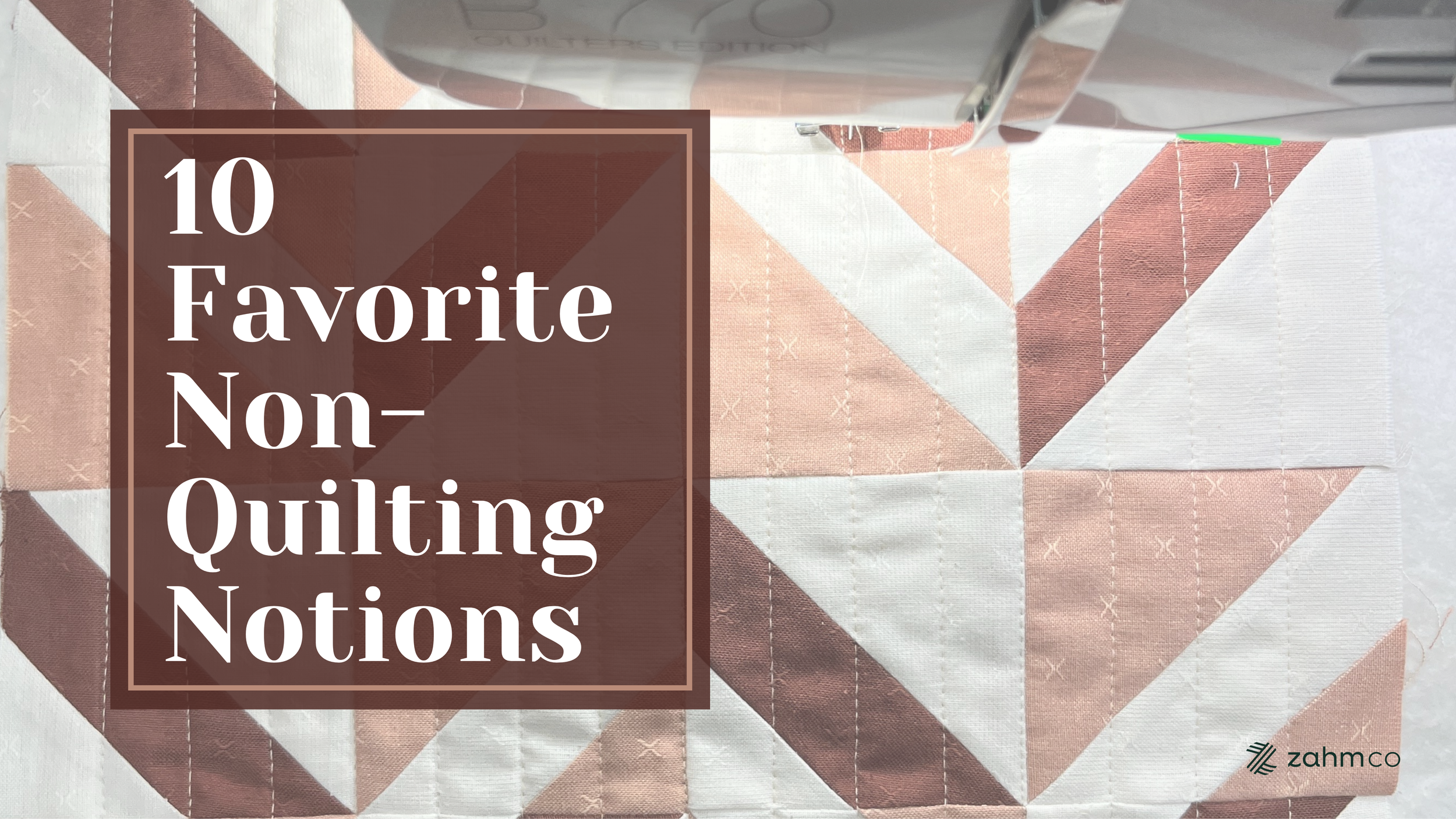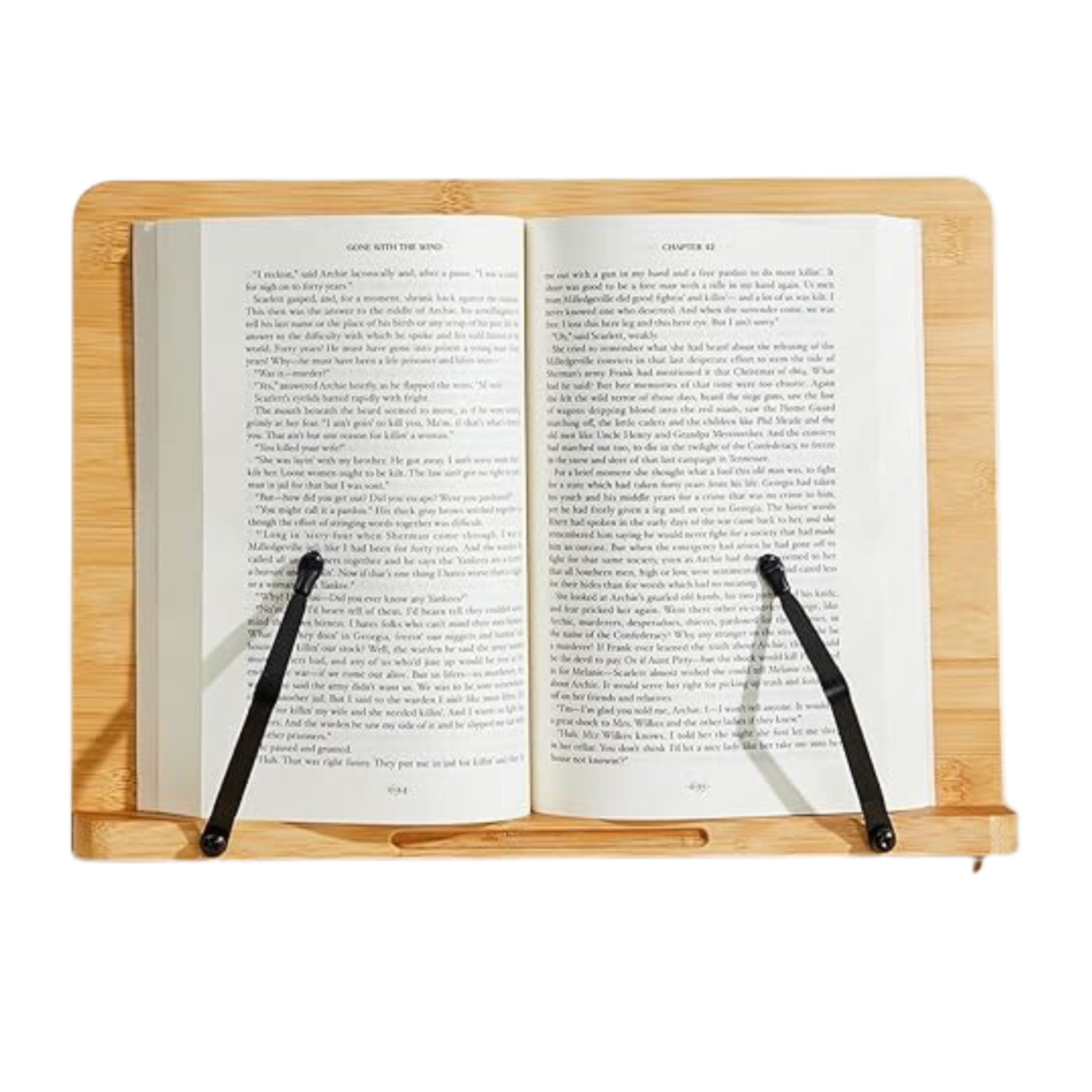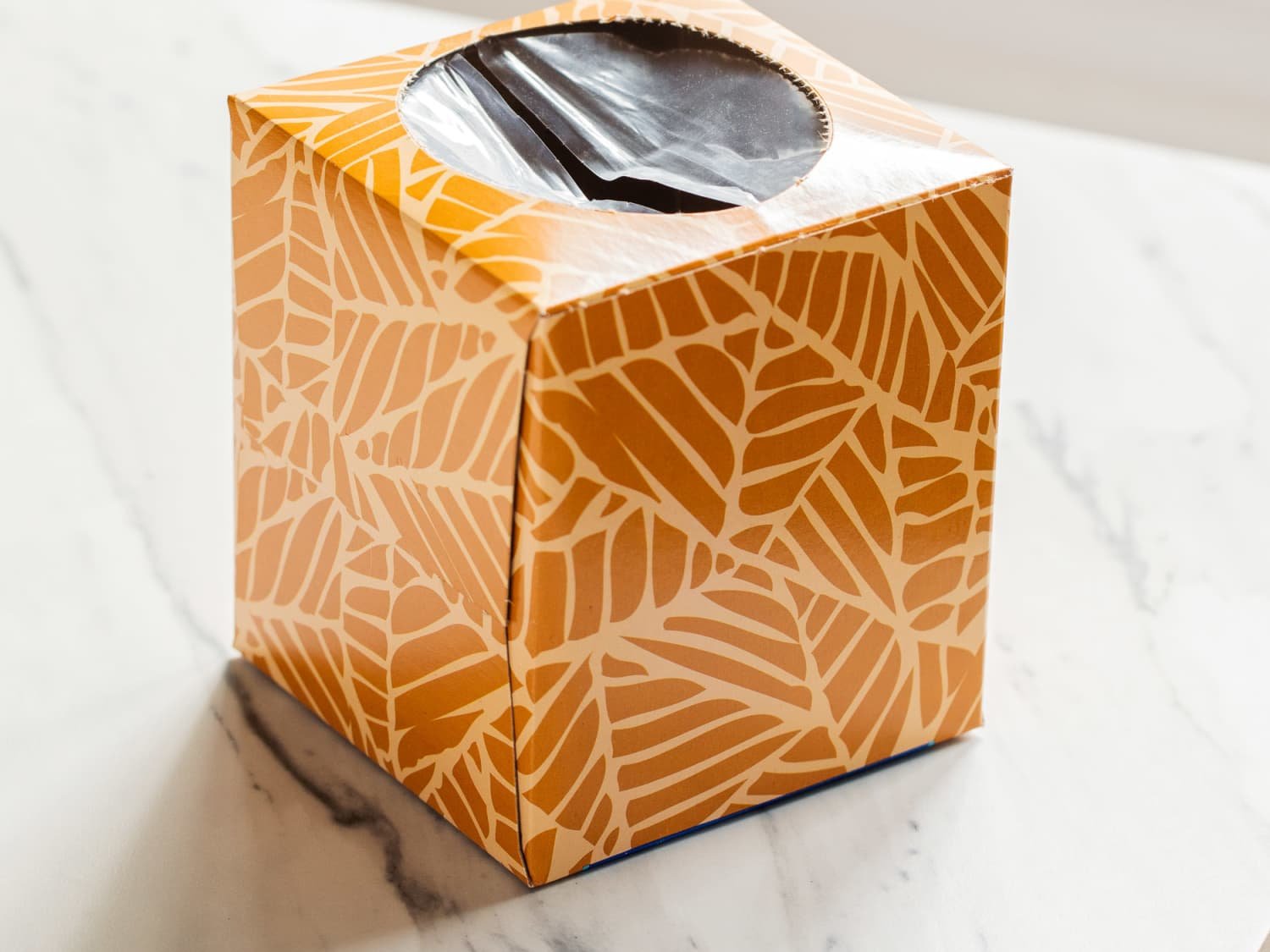Unconventional Quilting Notions
Unconventional Tools: A Quilter's Secret Arsenal
As a quilter, I've embarked on a creative journey filled with fabric, patterns, and countless threads. In this world of color and texture, one might assume that a quilting store is a mecca for every tool and notion we could possibly need. However, I have a secret to share with you today: some of my most cherished and frequently used quilting tools can't be found in any quilting store. Instead, I've discovered unconventional tools that have proven invaluable throughout my quilting journey, even though they technically have nothing to do with quilting.
Quilts and Patterns by Zahm Co. from left to right: Astra, Artwork, Desert Willow, and Middle Sister. Issue 28 | Quiltfolk Colorado photo by Melanie Zacek
Let me unveil my secret stash of unconventional companions in the quilting world. When we set sail on our quilting adventures, let's keep in mind that innovation often sprouts from thinking beyond tradition. Embrace fresh ideas and be unafraid to recycle everyday items. You might just stumble upon a revolutionary tool that elevates your quilting journey, making it more delightful and efficient.
As quilters, our bond is woven with threads of creativity and resourcefulness. So, why not welcome these unconventional tools and add your distinct flair to the quilted tapestry? Who knows what hidden gems you'll unearth along this artistic voyage. Happy quilting, fellow creators!
10 Unconventional Tools Turned Quilting Notions
This blog post contains some affiliate links at no additional cost; however, I may earn a small commission if you choose to purchase. I only recommend products I use myself.
You might think it’s for basting, but I use the big safety pins to close or open the small ones. I have found the big pins leave too big of a hole, but they sure do help save my nails and fingers while I close and open the small pins. Ideally, if you have these floating around your house, buying a box of 100+ to use only a few is not worth buying.
Have you heard of a quilting notion called a stiletto? A sewing stiletto is a long, slender tool with a pointed tip. When feeding fabric and holding down seams, I best use a porcupine quill to protect my fingers. It also can help compress bulk at the beginning of a seam, push out corners, or stuff narrow items.
3. Lint Roller
This tool will speak to all of us OCD quilters. I use this for clean-up, whether minky on my cutting mat, thread on my outfit, or removing thread from a quilt top.
As a math major, I only use pencils; mechanical lead 0.5mm is my favorite because they never need sharpening but are always sharp. I use pencils to mark quick notes on a pattern or as a marking tool for half square triangles.
5. FrogTape (Painter’s Tape or Masking Tape)
I love painter’s tape for so many reasons I find myself using it to mark my quilt top for straight quilting lines. It helps hold down the quilt backing when basting. I use it to hang my smaller quilts on the wall or give support to the bigger quilts. My favorite is placing a small piece of tape, sticky side up, next to my sewing machine and using it as a thread catcher (this is best when I use my featherweight machine).
Note: I’ve had the best luck with FrogTape or painter’s tape; however, I know quilters who love masking tape. I mainly invest in painter’s tape because it doesn't leave a sticky residue.
This one is fun, I replace the word cookbook with pattern. I have found it helpful to have my pattern or iPad on the stand as I am cutting, sewing or pressing.
I always collect so many of these during cold/flu season. I like using them as a small trash bin beside my machine. When full, they are easy to dump in the larger trash can and reuse.
My favorite way to use washable Elmer’s glue is when I match the backing fabric print. I used to use the stick but learned the old-school bottle works like a charm. I second use it to press the binding down before machine sewing or when binding for those non-cotton fabrics.
9. Art Erasers
If you’re thinking, I need this because I use pencils all the time, you aren’t wrong. But a bonus is to use the eraser on thread just picked from a mistake. It helps get all the small broken thread pieces out of the quilt (top, batting, or backing) like magic.
10. Tweezers
Tweezers are great; if I have a small piece of thread or fluff in my machine, I can easily pull it out. Also, they work wonders on pulling out those small pieces of paper on the back of a Foundation Paper Piecing project.














